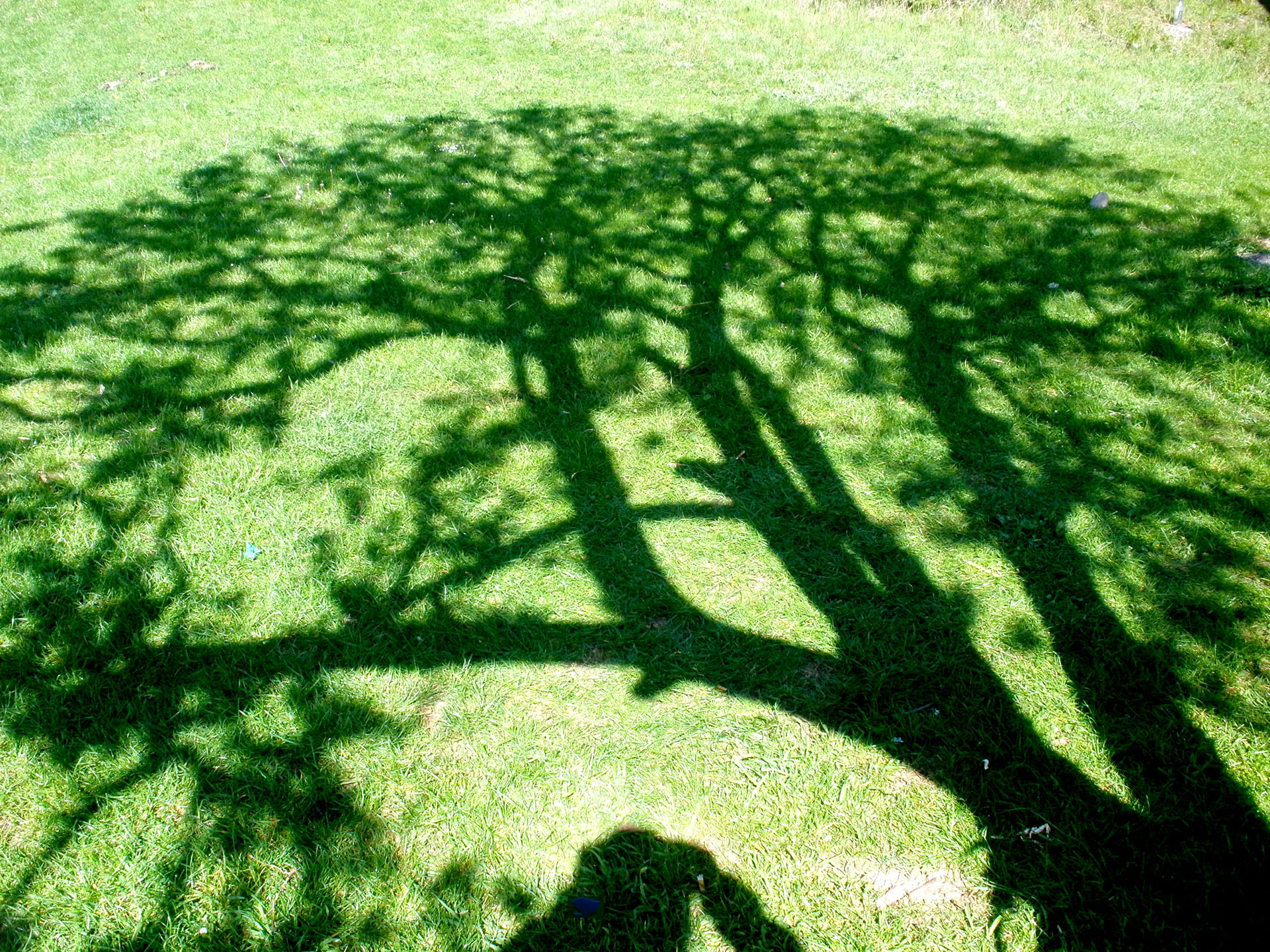The word ‘sustainability’ is in fashion these days. You can read it everywhere, from United Nations documents to the back of cereal boxes. But what does it really mean?
There are many definitions, depending on context. The UN Sustainable Development Goals provide perhaps the most in-depth and ambitious global definition of sustainability.
Now let us consider for a moment what ‘unsustainable’ means. It is easy to define: ‘unsustainable’ simply means that a behavior cannot continue in the long-term, because it cannot be sustained, and therefore it will end, sooner or later.
Much of our current way of living, including the structures of our economies, and perhaps capitalism itself as we know it, is unsustainable. We are starting to crash into several planetary boundaries, and people and societies around the world are starting to feel the crunch. Climate change, biodiversity loss, pollution and resource depletion are interlocked challenges that will define the future of our civilization. With little time to spare, it is becoming increasingly clear that we need a wide range of solutions to achieve global sustainability.
Nature-based solutions, which build on nurturing biodiversity and ecosystems, will play an essential role. This holds true in particular for our relationship with agriculture and other forms of land-use. For over 10,000 years, humans have converted natural ecosystems to farmland. Today, it is estimated that 60 percent of terrestrial biodiversity loss is linked to food production; agriculture, forestry and other forms of land-use contribute one quarter to the climate crisis.
One third of all soils are moderately to highly degraded, and freshwater ecosystems are adversely impacted by water extraction for agriculture and other uses, as well as due to pollution. On the other hand, through climate-smart agriculture, and the conservation and restoration of forests and other landscapes, we could reach more than one third of the solution to climate change, and halve global biodiversity loss.
Encouragingly, the momentum for large-scale landscape restoration is building. Though forest loss continues, trees are increasing in number and variety across many landscapes. This is bringing diversity and value to an increasing number of farms, in and around cities, and across highly varied landscapes that have seen forests and trees disappear in previous decades. Already, this is creating tens of thousands of jobs in rural areas in many countries.
And we now have political commitments from nearly 50 countries under the ‘Bonn Challenge’ to bring over 160 million hectares under restoration by 2020, and 350 million hectares by 2030 – an area almost the size of India. The Global Partnership on Forest and Landscape Restoration is at the forefront of these efforts, and will publish a report on restoration opportunities during the High Level Political Forum on Sustainable Development in July 2018. Building on growing political will, and the readiness of both public and private actors to invest in nature-based solutions, the main challenge now is to accelerate and scale up promising pilot initiatives.

As one example of a pilot initiative that could be scaled up and replicated, the Tropical Landscapes Finance Facility (TLFF), a public-private partnership in Indonesia, issued the world’s first Sustainable Landscapes Bond in February 2018. Based on a public investment of less than USD 1 million, the Bond raised USD 95 million of private capital to restore a 400,000 hectare landscape on the island of Sumatra. The restoration of a degraded 70,000 ha natural rubber plantation will create a buffer zone around Bukit Tigapuluh National Park. Natural ecosystem restoration zones are planned to establish wildlife corridors with surrounding landscapes. If the project is successful, it will benefit 16,000 smallholder farmers during its lifespan; sequester significant amounts of carbon; improve supply chain security for the project’s commercial investors; and save endangered biodiversity – including iconic species such as orangutans, tigers, and elephants.
We need more such initiatives that unlock the entrepreneurship, innovation and financial muscle of the private sector. Through a new partnership with Rabobank, and other partners, UN Environment is looking forward to fund more projects and catalyse the important and inevitable movement towards climate-smart agriculture. The UN-REDD Programme too is acting as a catalyst to ensure that these actions take place without deforestation, and with clear social and environmental benefits.
Look for upcoming events this year under the Global Landscapes Forum where these and other transformational changes will be discussed, and become part of the growing global movement to design and implement nature-based solutions, for people and the planet!



